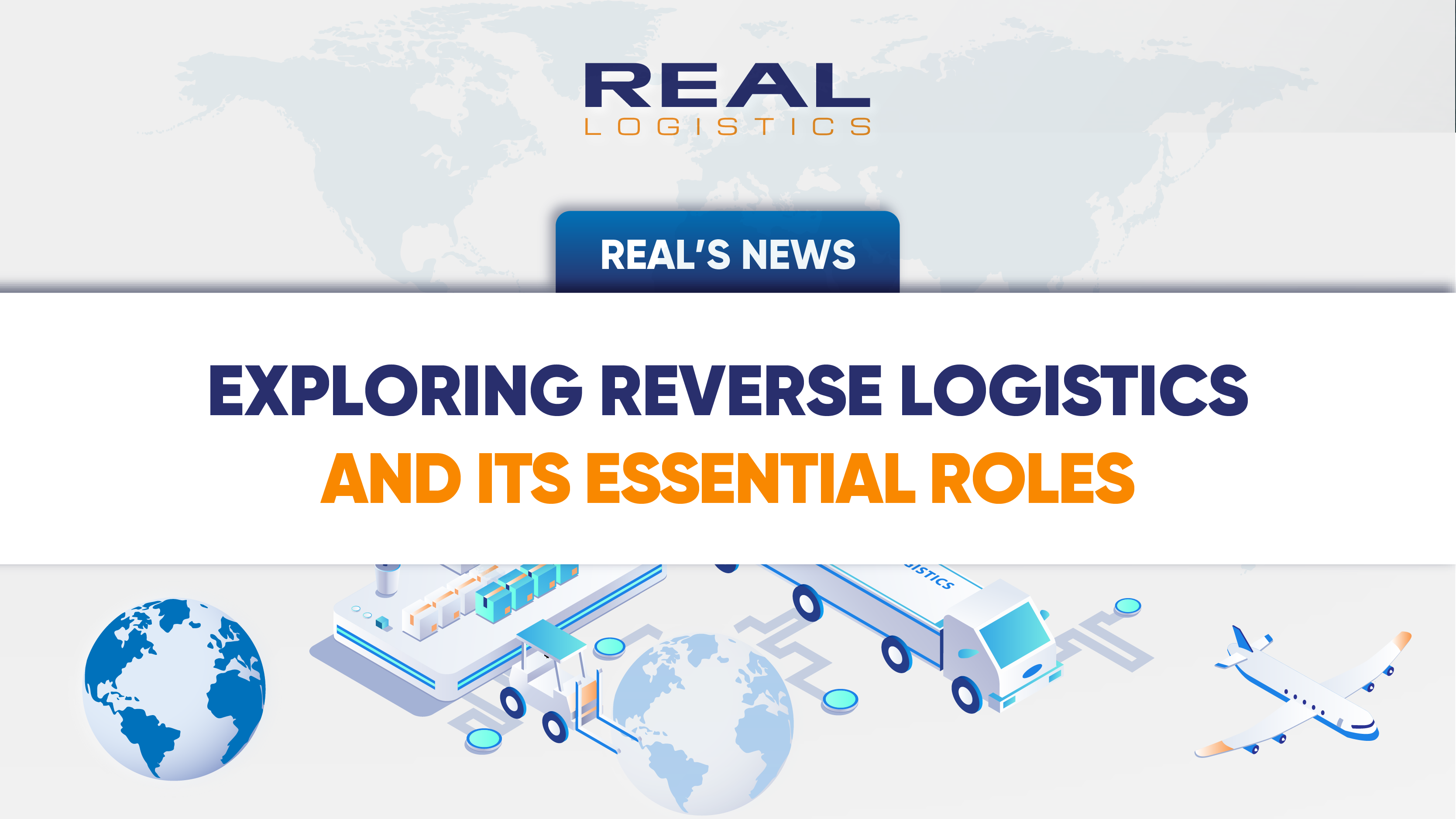Exploring Reverse Logistics and Its Essential Roles
The logistics market is becoming increasingly dynamic, complex, and unpredictable. Logistics plays a vital role in the planning, execution, and management of the production process, from sourcing raw materials to product distribution. However, when products are defective, damaged, or expired, retrieving them from consumers poses a challenge. Today, let's dive into Reverse Logistics and its crucial role with Real Logistics!

1. What is Reverse Logistics?
Reverse Logistics is the process of planning, executing, and controlling the flow of materials and information from the point of consumption back to the origin, aiming to recover value or ensure proper disposal. While it shares structural similarities with forward logistics, reverse logistics operates in the opposite direction and presents greater challenges such as unpredictable demand, inconsistent quality, and damaged packaging.
In the context of today’s competitive and environmentally concerned market, reverse logistics helps companies reduce costs, increase revenue, enhance customer service, and minimize environmental impact, providing a competitive edge and fulfilling social responsibility.
Reverse Logistics Process
The reverse logistics process can be broken down into five key steps:
Step 1: Collection
Collect unsold products, defective items, and packaging materials, and transport them to the designated recovery point.
Step 2: Inspection and Sorting
At the recovery point, items are inspected for quality, sorted, and categorized. This step plays a crucial role in determining the next actions.
Step 3: Processing (Repair/Recycle/Disposal)
Based on the inspection, companies may reuse or resell the products, repair defective items, remanufacture, or disassemble for parts. If the products are unusable, they will be disposed of in an environmentally friendly manner.
Step 4: Redistribution
The logistics process resumes with regular storage, transportation, and sale activities.
Step 5: Monitoring and Reporting
Track and record data on the returned products, associated costs, and recycled materials. This data helps businesses assess and optimize their reverse logistics process, reducing costs and increasing profitability.
2. Key Roles of Reverse Logistics
- Cost Reduction: Reverse logistics allows companies to recover and reuse products, components, or materials, thereby reducing production costs and conserving resources.
- Recycling and Environmental Protection: By managing reverse logistics, businesses minimize waste and pollution through recycling or proper disposal of used products, adhering to environmental standards for sustainable growth.
- Enhanced Customer Satisfaction: Reverse logistics improves customer service by facilitating efficient return, refund, or repair processes.
- Value Recovery and Profitability: Businesses can recycle products or components, resell them, or reuse them to recover part of the costs, adding value to defective or obsolete items.
- Compliance with Legal Requirements: In certain industries, product disposal after its lifecycle is mandatory. Reverse logistics ensures companies comply with these regulations.
Real Logistics Co., Ltd
👉 Facebook: Real Logistics Co.,Ltd
☎️ Hotline: 028.3636.3888 | 0936.386.352
📩 Email: info@reallogistics.vn | han@reallogistics.vn
🏡 Address: 39 - 41 B4, An Loi Dong, Thu Duc, HCM City
51 Quan Nhan, Nhan Chinh, Thanh Xuan, Ha Noi City

